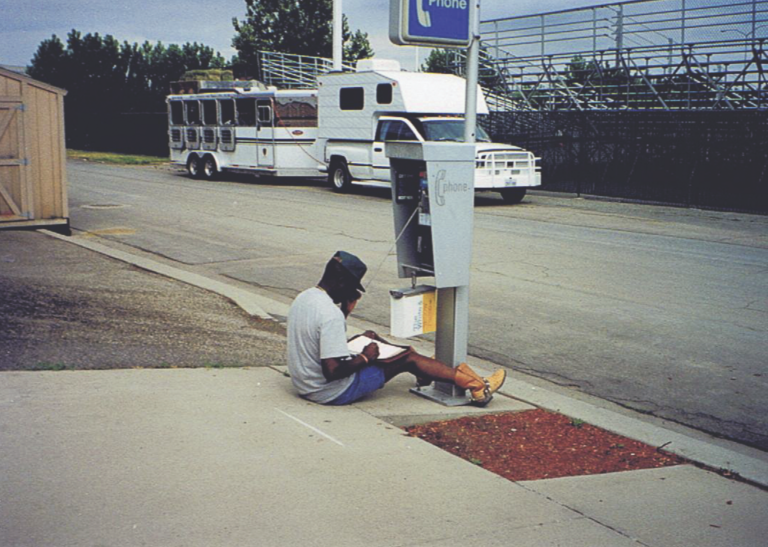Please note while reading: This article is from the July 2011 issue of Spin to Win Rodeo Magazine.
There is a suspicion among many observers in the North American rodeo community that team roping is being short-changed in Canada.
No question the event’s integration into rodeo at the professional level has been challenging. But, unfair? Maybe a brief history lesson will answer that question.
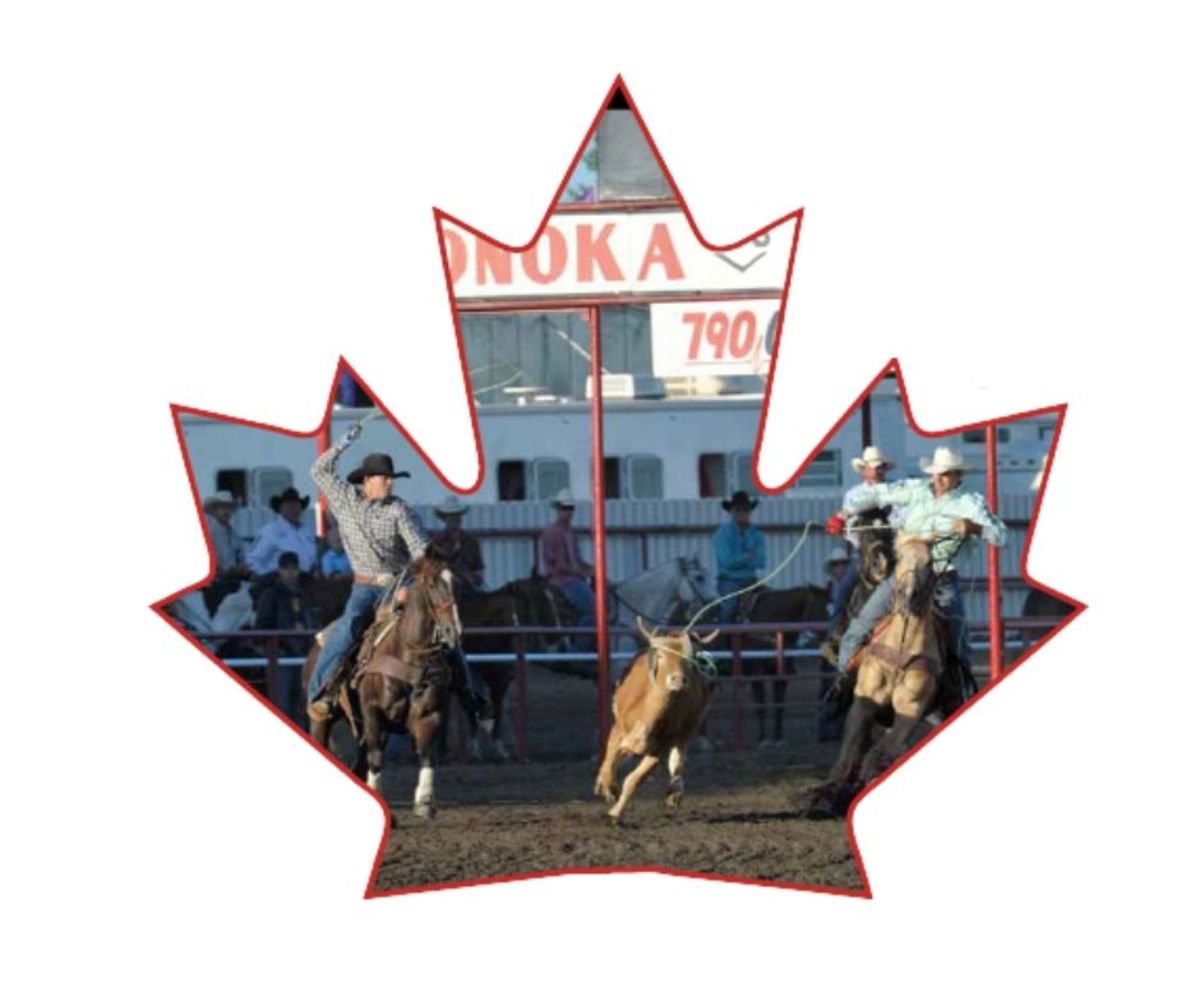
Murray Linthicum is 46 years old, has qualified for the Canadian Finals Rodeo nine times and has three Canadian team roping championships to his credit. He also won the gold medal with heeler Rocky Dallyn at the Olympic rodeo held at Farmington, Utah, in conjunction with the Winter Games at Salt Lake City in 2002.
[SHOP: Get the Gear Linthicum and Murray Use]
(As an Amazon Associate, we earn from qualifying purchases made through affiliate links.)
[READ MORE: Sourcing Inspiration with Levi Simpson]
Linthicum, who has been turning steers for nearly a quarter century, doesn’t have to dive deep into his memory bank to recall how that history unfolded. After all, it was just 12 years ago—2000—that the Canadian Professional Rodeo Association (CPRA) agreed to take team roping under its umbrella. Up to that point in time, there was no such thing as a professional Canadian champion team roper.
“We first compiled a set of standings in 1999,” Linthicum recalled. “With the help of our major sponsor at the time, Spitz Sunflower Seeds, we kept track of earnings at pro rodeos, bought advertising space in the Canadian Rodeo News, and published our standings monthly. Kevin Schreiner and Riley Wilson wound up as our season leaders.”
The next year the CPRA took in the team ropers and invited them to the Canadian Finals Rodeo. Since then, the union has had its ups and downs. But, the ropers can see a light at the end of the tunnel.
[READ MORE: 2016 World Champions: Levi Simpson and Jeremy Buhler]
“It might not seem like it, but when you stop and look back, team roping has really come a long ways,” Linthicum acknowledged. “When Rocky and I first cracked out in 1989, we were down south most of the time competing at Professional Rodeo Cowboys Association (PRCA) rodeos. We’d come back and go to a few Canadian rodeos, but only because they were close to home. There wasn’t a lot of prize money to be won.”
[SHOP: Team Roping 101]
One-Year Subscription to The Team Roping Journal
Jake and Clay, The Journey DVD
Tryan And Corkill Primetime Instructional Team Roping Video, DVD
(As an Amazon Associate, we earn from qualifying purchases made through affiliate links.)
The year before the CPRA took in the team ropers, there were 59 rodeos on its calendar. Only 23 had team roping and just seven paid equal money per event—so each man on a team got half what the winners in the other events received.
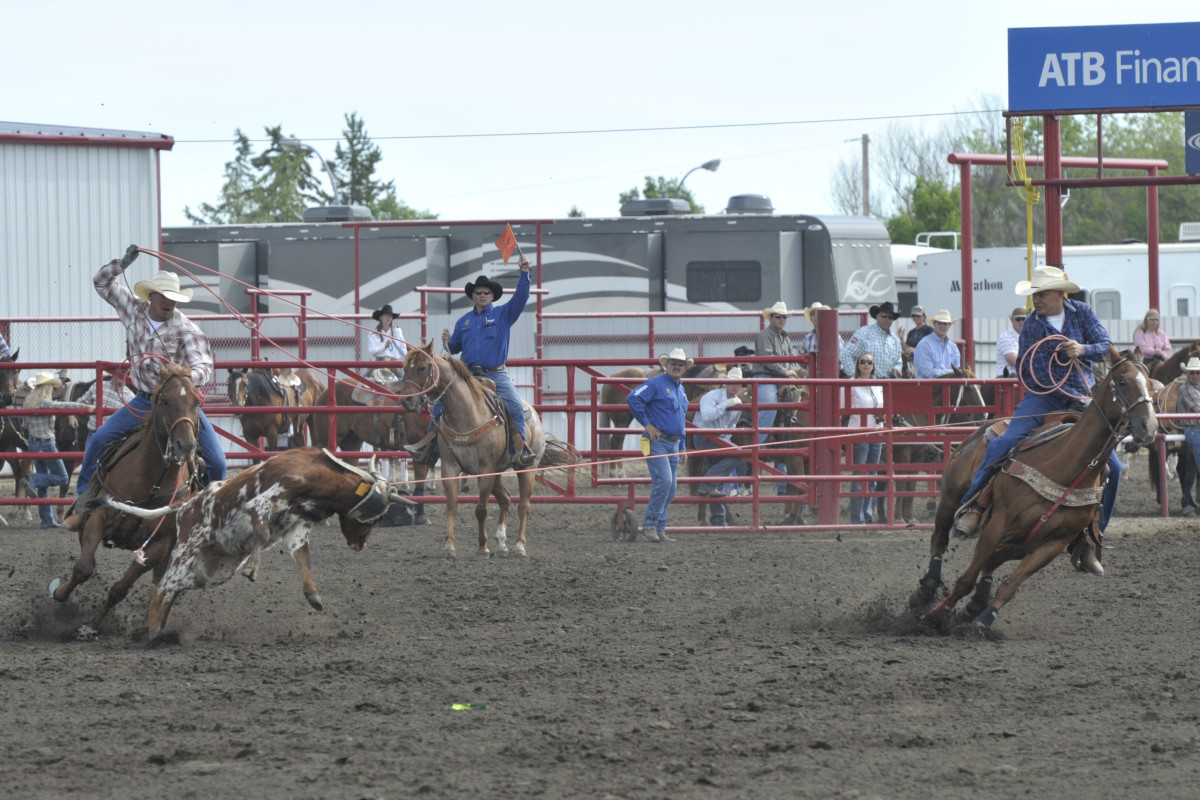
Of 46 rodeos sanctioned this year, all but three have team roping. Two—Bonnyville and High River—pay equal money to both the header and heeler; the rest pay equal money per event.
The Ponoka Stampede, which now puts up more prize money than any other rodeo in North America during the July holiday (Cowboy Christmas) run, celebrates its 75th anniversary this year. Team roping has been on its program going back at least into the 1980s because there were aficionados of the event serving on its committee.
[READ MORE: Regrouping in the Box with Levi Simpson]
In 1999, the purse was $13,500 in each of the six major events, all of which were two headers and included a championship round. The committee put up $1,000 in the team roping and it was a straight one-header. Parity arrived in 2006, and this year the team ropers are competing for equal money of $45,000, not per side, but per event.
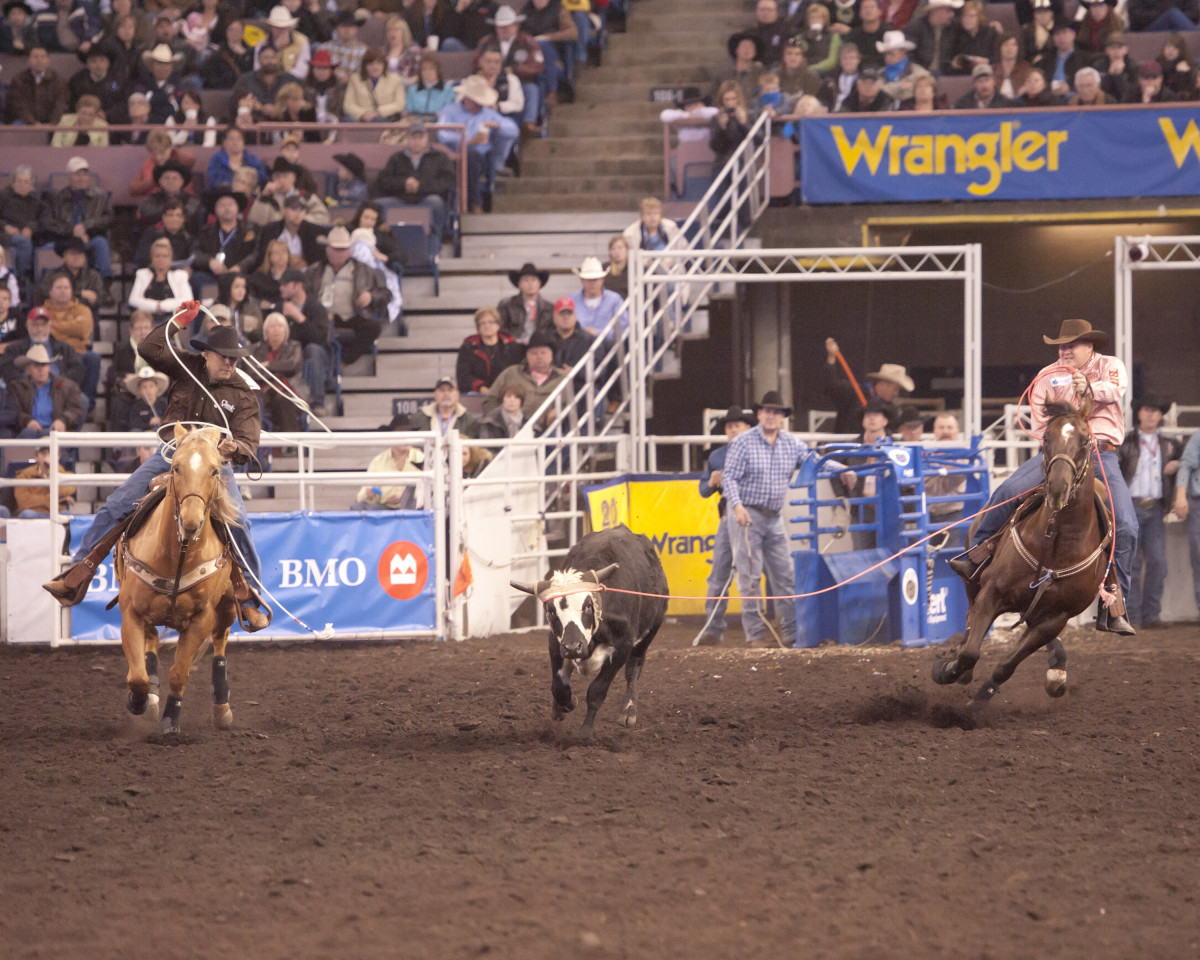
Originally, the team ropers were given a reduced role at the Canadian championships. While the major events took 10 contestants to the finals, the team ropers were restricted to six teams the first three years.
“The first year our event was run off after the bull riding,” Linthicum recalled, “but in the second and third year we were moved up to the middle of the program, prior to the intermission.”
Event rosters were expanded to 12 finalists in 2003 and 10 in the team roping. A year later their numbers were raised to 12 as well.
[READ MORE: Jeremy Buhler: “Letter to My Younger Self”]
There was more to it than just crawling in the truck and hauling horses to Edmonton to work the CFR. The team ropers also had to come up with their own prize money. They were not part of the CPRA contract with Edmonton Northlands and that meant digging up sponsors.
“We raised $75,000 that first year, thanks to Lyle Kurtz of CVS Controls,” Linthicum reported of the manufacturer of control valves and instrumentation products for the oil and gas, pharmaceutical, mining and pulp and paper industries.
But, they only played for $40,000 of that money; $30,000 went to the six major events and $5,000 to the CPRA as an administration fee.
Eight years into the CFR, Kurtz and his Friends of Rodeo outfit managed to increase the team ropers’ purse to $158,000, equal to that of the six major events. Kurtz’ gang also supplemented prize money at several major regular-season rodeos, which served to attract many NFR-caliber American teams.
But, following the 2008 season, as the world economy was taking a beating, Kurtz and company stepped away and the team ropers were back on their own. With some urging, Edmonton Northlands and the CPRA negotiated a deal to include team roping in their contract. It resulted in a significant cut in prize money.
The team roping paid out $66,000 in 2009 and $83,000 in 2010, while each of the major events had just over $193,000 on the table.
But that light at the end of the tunnel is within reach. Northlands has committed to hiking the team roping purse in annual increments until it reaches parity with the other events in 2013.
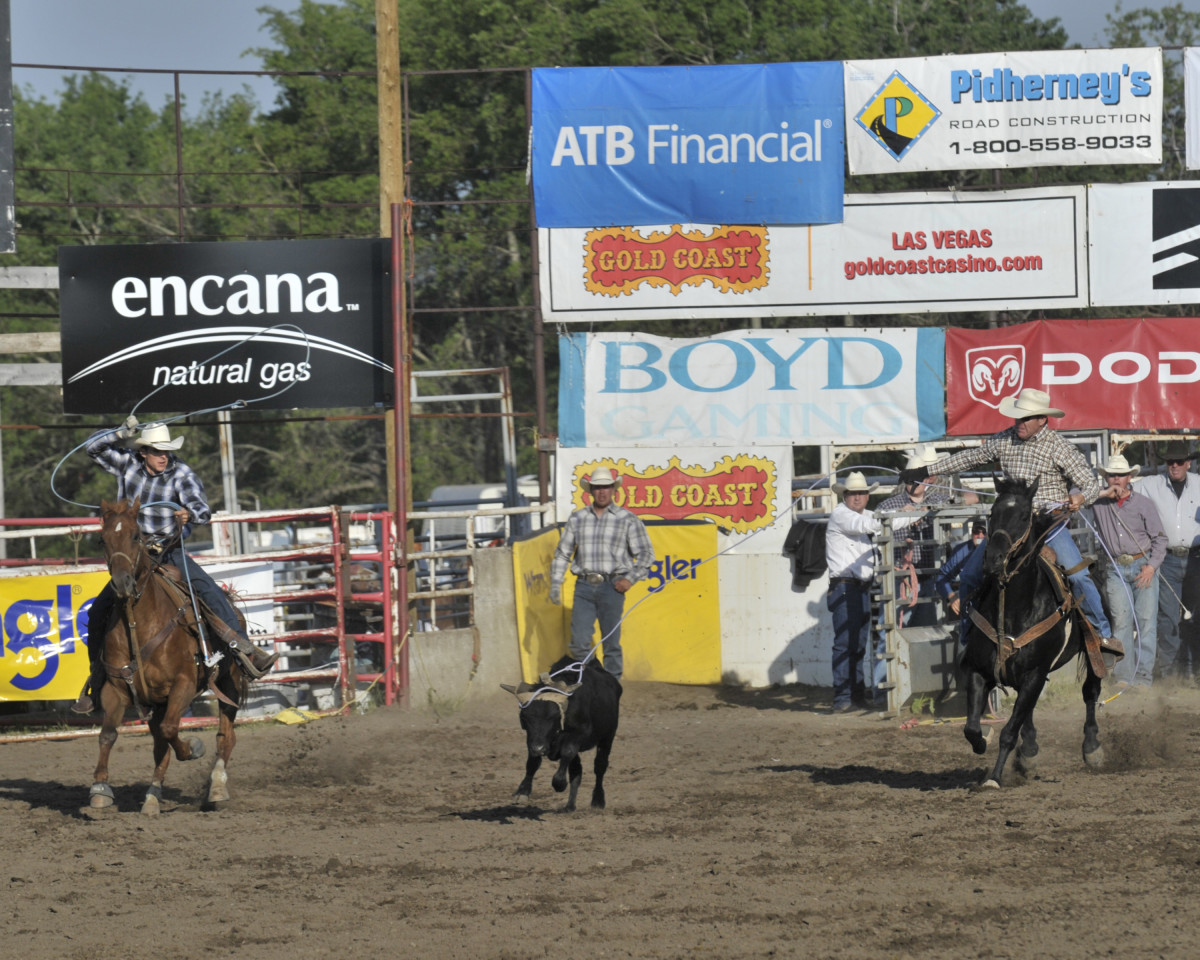
“During the talks, we came within a few hours of getting kicked out on the street,” said Jeff Robson, the event’s representative on the CPRA board. “We were caught between a rock and a hard place. We had to accept short-term pain for long-term gain. But, all that’s behind us now. We’re included in the contract and I’m convinced we made the right decision. I would have hated for us to go back to the amateur ranks and ruin their associations. It would have been curtains for the young up and coming team ropers. They wouldn’t have been able to survive the onslaught of experienced professionals. It would have had a detrimental impact on the growth of our event in Canada.”
[READ MORE: Free Trade Agreement: Richard Taps Canada’s Buhler for NFR Horsepower]
The team ropers have yet to crack the planet’s richest outdoor rodeo, the $2 million Calgary Stampede, which isn’t sanctioned by either the PRCA or CPRA. And the status quo isn’t likely to change.
“There are a numbers of reasons,” said Stampede senior rodeo manager Keith Marrington. “Aside from the financial burden of another event, the bigger issue is the added pressure it puts on our infrastructure. We have very limited space behind the infield with the timed event guys, chuckwagon people and the agricultural community. Adding more trailers and horses is beyond our means.
“We also try to keep our performances to between two hours and 40 minutes to two hours and 45 minutes and we do that so we don’t impede on our night shows. For that reason, we run a fairly short intermission and we don’t include contract acts.
“We spend thousands of dollars annually doing exit surveys and the demographics tell us team roping—and to be honest, most of the timed events—are not high on the priority list of the people who attend our show. We don’t have any issues with team roping or the ropers themselves. I think we prove that with the other rodeos we have, all of which feature team roping.”








